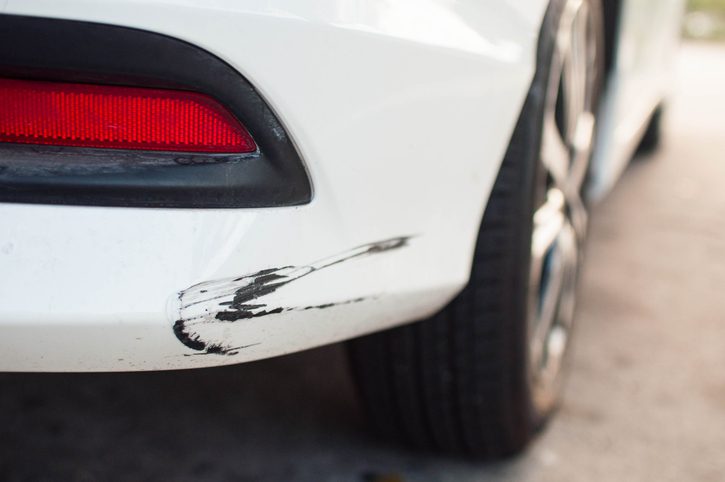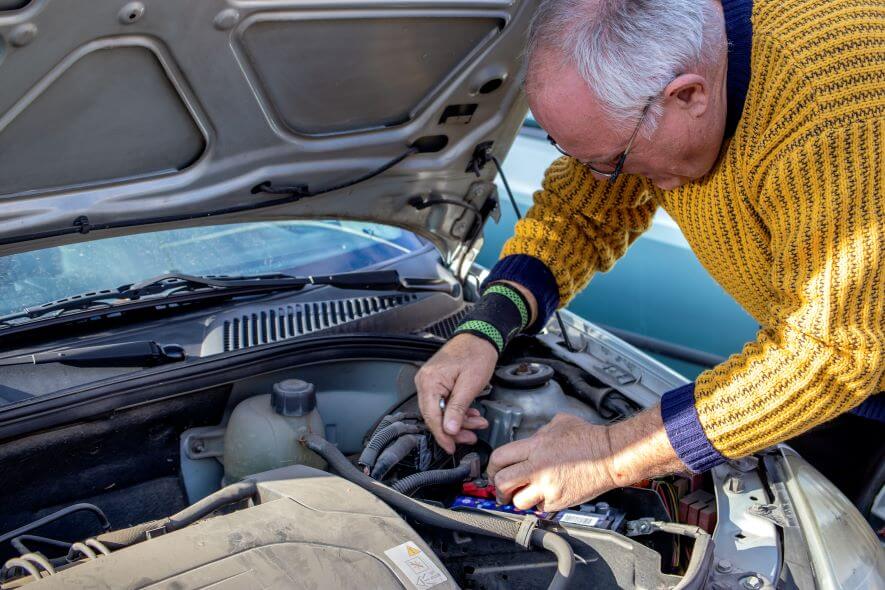Golf carts were first invented in the 1930s. Since then, each state has adopted their own laws and regulations around driving a golf cart, some of which may surprise you.
- In many states, it’s street legal to drive a golf cart, meaning you can drive it on main roads.
- Often, there are strict criteria that can vary by state. One being, the golf cart must be able to travel at a speed of at least 20 miles per hour, but no more than 25 miles per hour.
- You can’t drive a golf cart if it’s dark outside in New Hampshire or Michigan, but you can in South Dakota, as long as you have lights.
- As long as the driver is at least 12 years of age, a golf cart may be driven on public roads in Pennsylvania, as long as it’s a low-speed road and under 1 mile.
- In South Carolina, you can cross certain highways.
- A state with some of the strictest criteria, you could be arrested in New York if you drive a golf cart on public roads, sidewalks or in parking lots.
Some bonus fun facts include:
- In 2021, the global golf cart market size reached $1410 million, and analysts expect it to climb to $2000 million by 2030.
- In 2022, about 40 million Americans engaged in the game of golf, resulting in $101.7 billion in direct economic impact. And when Americans are golfing, they’re 6x more likely to use a cart compared to other countries.
- According to IBIS World, there are 15,332 golf carts in the U.S., which is significantly higher than other countries. Newer golf carts can even run on solar power.

Whether you’re heading out to the golf course or for a (safe!) joy ride around the community, there are essential steps to make sure your golf cart is in top-notch shape for spring and summer driving.
Step 1: Start With Your Golf Cart’s Battery
If you have a battery-powered golf cart, and even if you have a gas-powered one and just use the battery to get started, keeping your golf cart’s battery in good working order is key.
Do you remember the famous line in Caddyshack, admonishing the caddies, “If you want to be replaced by golf carts, just keep it up”?
To paraphrase, if you want to avoid telling your repair person, “It just quit on me!” then get into the battery maintenance groove. The Caddyshack Golf Carts sales and maintenance outlet in Palm Desert, California, offers these pieces of advice for maintaining the batteries, “the heart and blood of your cart,” as Caddyshack says.
- Overwatering and underwatering are two of the biggest mistakes you can make. Doing either one can ruin your battery. Replacements can easily cost you more than $1,000, so handle with care.
- Don’t put water in batteries that need to be recharged. Wait until the batteries are fully charged to check the water levels. The only time you should water your discharged batteries is if the plates are exposed. If this is the case, put just enough water in to cover the plates and then let the batteries fully recharge before checking them again, Caddyshack advises.
- Use distilled water, not tap water. Softened tap water can include chloride, nickel, nitrates, copper and other chemicals that are bad for your battery.
- Don’t overfill. You’ll get corrosive acid all over your battery and the battery’s power may be reduced.
- Keep the water levels steady. Florida or Arizona snowbirds who leave their golf carts in a hot garage all summer risk drying them out. The technical term is sulfation and it’s irreversible. If you can’t check the water level at least once a month, get somebody else to do it.
Signs Your Golf Cart Battery Is Failing
Normally, you’ll get 20 to 25 miles from a charge. Over time, as batteries age, they provide less power. If yours isn’t getting you around the links and back to where you park and charge it, then maybe it is time for a replacement.
Here’s other signs you have serious battery trouble:
- You step on the pedal and not much happens: When a battery is past its prime, the cart won’t accelerate like it once did. The fix is easy, but expensive — a new battery pack.
- Test your battery using a voltage meter: Normally, a golf cart battery will show a few volts higher on the charger than its rated voltage. Even if it seems to be in good shape, test it again once the batteries are fully discharged. Test each individual battery. Even if only one battery is bad, it will probably make the most financial sense to replace them all because it will be cheaper to buy the pack as opposed to buying one at a time.
- You have to turn the key several times before it starts: This could be a problem with the battery, but it also could be that the ignition key switch is worn out or the wiring to the ignition is frayed. It’s not a tough fix, but if you don’t know what you’re doing, hire an expert.
Step 2: Check Out the Rest of the Golf Cart
After you’ve gotten the battery into prime shape, here are six other areas to pay attention to so your golf cart will be ready to roll.
- Fill the tires: If the tires aren’t properly filled, you’ll get less range from your gas or electric golf cart. If you drive your cart mostly on streets, purchase street-legal tires with tread. Turf tires wear out more quickly and don’t stop well on wet roads. Owning an electric pump to make it easy to fill the tires is also a smart move.
- Check the steering: If it feels loose, tighten it yourself or get a pro to look at it.
- Step on the brakes: It costs a lot to replace bad brakes that have been seriously damaged by overuse. Before you step on the brakes and they squeal, and long before the pedal goes immediately to the floor, it pays to have a professional check your brake cables, hydraulic brake fluid and brake shoes. Doing these checks yourself requires some specialized knowledge.
- Listen for the buzzer: If your back-up buzzer doesn’t work, you could be in trouble. This signal lets people know that you’re backing up. If it isn’t working, get it fixed immediately. Silence can be a serious safety issue on a crowded course.
- Invest in professional service: It’s a good idea to have your golf cart professionally serviced once a year. This checkup should include cleaning the batteries, checking for oil leaks and examining the power cables.
- Clean and wax: Start by protecting or removing anything like a GPS that can be damaged by water. Wash your cart like you wash your car, add a layer of wax and then polish, working from top to bottom.
What About a Gas-Powered Golf Cart?
If you own a gas-powered cart, much of the advice above applies to you, too, but there are some differences. For one, if the cart won’t start, try adding a little gas to the tank. DoItYourself.com offers that as its top piece of advice to gas-powered cart owners. Keeping the following components in good shape will help ensure that you won’t be stranded on the 10th hole.
- Change the oil regularly
- Clean or replace spark plugs and air filters
- Replace the drive belt if it is cracking
Don’t Forget Insurance for Your Golf Cart!
Did you make changes to your coverage during the off-season? It is best to avoid canceling insurance, because accidents and damage can occur even when the cart is stored. But if you made the decision to reduce or cancel, before you get back on the road, talk to your insurance company. Remember to ask about discounts and extra coverage that will best meet your needs and save you money.
What’s your favorite part of the golf cart life? Do you use yours only when you play or do you live in a community where golf carts are the primary way to get around? Share your story in the comments!






